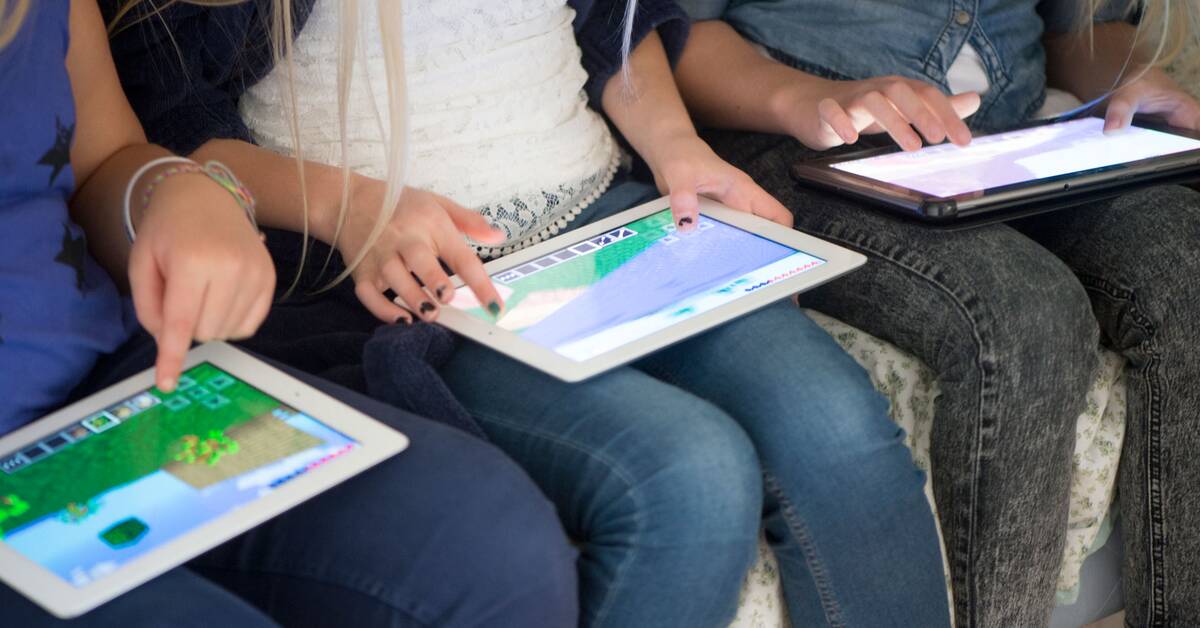It was in an email that school nurses in Växjö municipality sent out a week ago that Region Kronoberg's eye clinic described the negative effects that extensive screen time can have on children's vision, and what can be done to mitigate them. Spending more time outdoors is one of the things that has been highlighted and that research has also shown reduces the risk of myopia.
"Max 40 minutes per day"
But the text also contains the wording "for children, screen time should be limited to a maximum of 40 minutes per day" – a claim that completely lacks scientific support.
"What the research shows is that it is not the total amount of local work that matters, but that it is important to take breaks. And if you take a break after a maximum of 40 minutes, it reduces the risk of myopia", says Pelsin Demir, who recently defended his thesis at Linnaeus University.
Her doctoral thesis shows that being outdoors and the distance of the eyes from the screen, or other work carried out at close range, play a role.
"If you sit shorter than 20 centimetres from what you are looking at, you run a greater risk of developing myopia.
Photo: SVT/Ida Andersson
But Pelsin Demir is still basically positive about Region Kronoberg's information sheet.
The study: Most people sit several hours a day – in addition to school work
– Much of what is in the document is very correct and I think it is a good initiative from the eye clinic that I have not seen that other regions have done. But that a maximum of 40 minutes of screen time a day reduces the risk of myopia is not correct, she says to SVT Småland.
In addition, she says, it is far from the reality that most children and parents live in.
"In our study, we asked the children how much time they spend on local work per day, and this is about five hours a day, in addition to what they do at school. So it is very difficult to limit yourself to 40 minutes.

